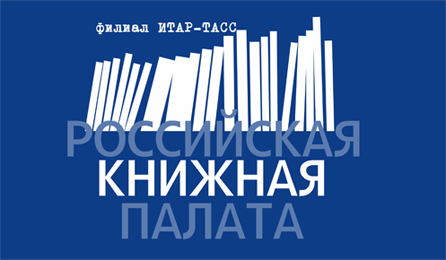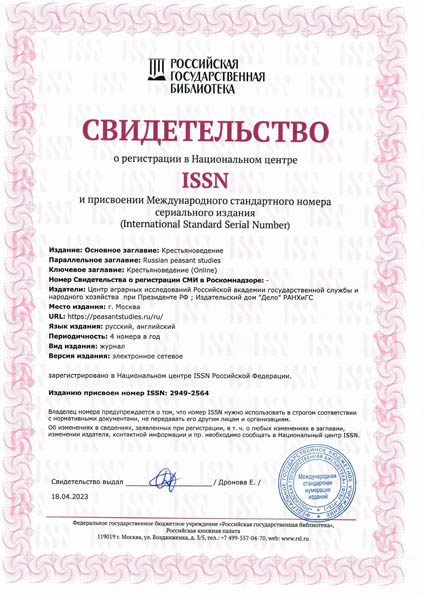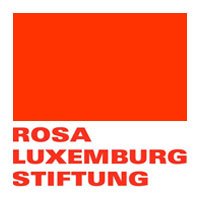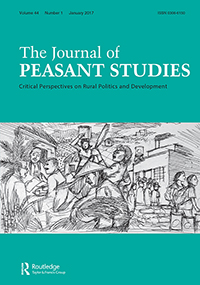Baskin L. M., Pokrovsky N. E., Nikolaeva U. G. Sociology on foot and from quadcopter. Rural households and village life in the Near North of Russia (on the example of the Kostroma Region) // The Russian Peasant Studies. 2022. V.7. №4. P. 72-108.
DOI: 10.22394/2500-1809-2022-7-4-72-108
Annotation
Rural settlements in the Russian Near North face multidirectional effects, being at the crossroads of natural and environmental zones, economic and household patterns, and modernization challenges. In the market conditions, the relatively low fertility of non-black-earth soils and harsh winters make agricultural production marginally competitive. The steady centripetal migration of rural residents to cities, population outflow, relatively low life expectancy of the working-age population, accelerated demographic aging and, thus, the centrifugal influx of dacha residents from big cities and gradual transformation of lifestyle — these are the main thematic nodes of the study. The authors analyze macro- and micro-trends in rural life through the settlement patterns, material culture, living conditions and economic practices based on the study of the out-of-town settlement locus along the Unzha River between Manturovo and Makariev (Kostroma Region). The traditional methods — observation, survey and analysis of statistical data — were supplemented by the quadcopter footage of the villages. The authors paid special attention to the architectural and planning typology of houses and to the functional structure of rural estates, which objectively reflect the history of villages and rural lifestyle and the contemporary social-cultural evolution of ‘small territories’ under the social transformation of the Near North.
Keywords
Russian Near North, Kostroma Region, rural settlements, depopulation, deurbanization, rural lifestyle, household practices, rural households, architecture of rural households, quadcopter survey.
About the authors
Baskin Leonid M., DSc (Biology), Leading Researcher, Severtsov Insitute of Ecology and Evolution, Russian Academy of Sciences. Leninsky Prosp., 33, Moscow, 119071, Russia.
E-mail: This email address is being protected from spambots. You need JavaScript enabled to view it.
Pokrovsky Nikita E., DSc (Sociology), Professor, Chair of General Sociology, National Research University Higher School of Economics; Leading Researcher, Institute of Sociology, Federal Center of Theoretical and Applied Sociology, Russian Academy of Sciences. Myasnitskaya St., 20, Moscow, 101100, Russia.
E-mail: This email address is being protected from spambots. You need JavaScript enabled to view it.
Nikolaeva Uliana G., DSc (Economics), Leading Researcher, National Research University Higher School of Economics; Institute of Sociology, Federal Center of Theoretical and Applied Sociology, Russian Academy of Sciences. Myasnitskaya St., 20, Moscow, 101100, Russia.
E-mail: This email address is being protected from spambots. You need JavaScript enabled to view it.
Rogozin D.M., Vyugovskaya E.V. Autoethnography of the rural house in the Russian North // The Russian Peasant Studies. 2019. V.4. №1. P. 98-122.
DOI: 10.22394/2500-1809-2019-4-1-98-122
Annotation
The authors use the ethnographic weak description, i.e. the introspection of personal feelings and impressions, to turn personal reflections into a complete story supplemented with the fragments of narrators’ direct speech and linguistic means that allow to express emotions in words and phrases; thus, the authors reconstruct the concept of the Russian northern rural house and archetypical representations of the traditional rural lifestyle. The article is based on conversations and observations in Siniki, the village in the Ustyansky district of the Arkhangelsk Region, in which the structure of respondents’ houses, their appearances, history of construction and of families were discussed. The distinctive features of the old northern house are determined not only by its architectural forms, organization of everyday-life space (hut) and farm outbuildings but also by its owners’ biographies and destinies for the house reflects cultural identities, family values and memories, and intergenerational connections. The internal structure of the house determined primarily by natural conditions, economic needs and pragmatics of everyday life allows to identify four types of northern rural houses: a hut, a five-wall house, a no-name house and a duplex house. The latter two types represent the most recent housing characterized by functionality, comfort, compactness and the loss of the previously important wide economic multifunctional spaces. Today the new forms of management and organization of the living place and transformations of the rural house by the contemporary villagers (mainly the elderly) are the basis of the rural revival.
Keywords
autoethnography, participant observation, rural house, rural revival, weak description, rural lifestyle
About the authors
Rogozin Dmitry M., PhD (Sociology), Head of the Laboratory for Social Research Methodology, Institute of Social Analysis and Forecasting, Russian Presidential Academy of National Economy and Public Administration. 119034, Moscow, nab. Prechistenskaya, 1.
E-mail: This email address is being protected from spambots. You need JavaScript enabled to view it.
Vyugovskaya Elena V., Researcher, Laboratory for Social Research Methodology, Institute of Social Analysis and Forecasting, Russian Presidential Academy of National Economy and Public Administration. 119034, Moscow, nab. Prechistenskaya, 1.
E-mail: This email address is being protected from spambots. You need JavaScript enabled to view it.





















